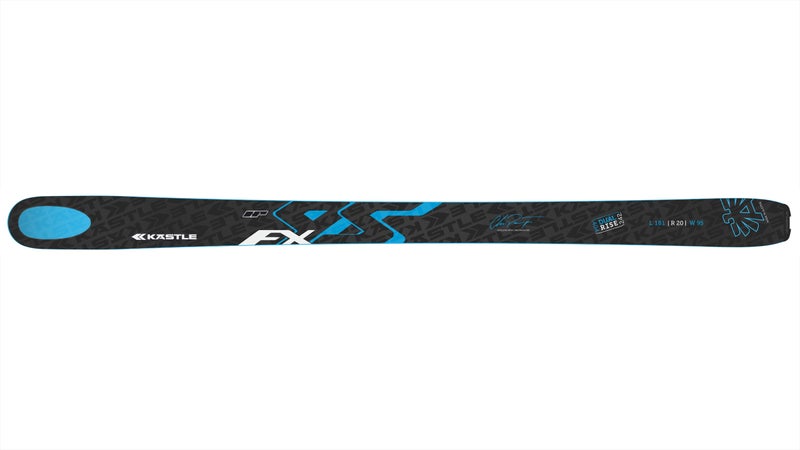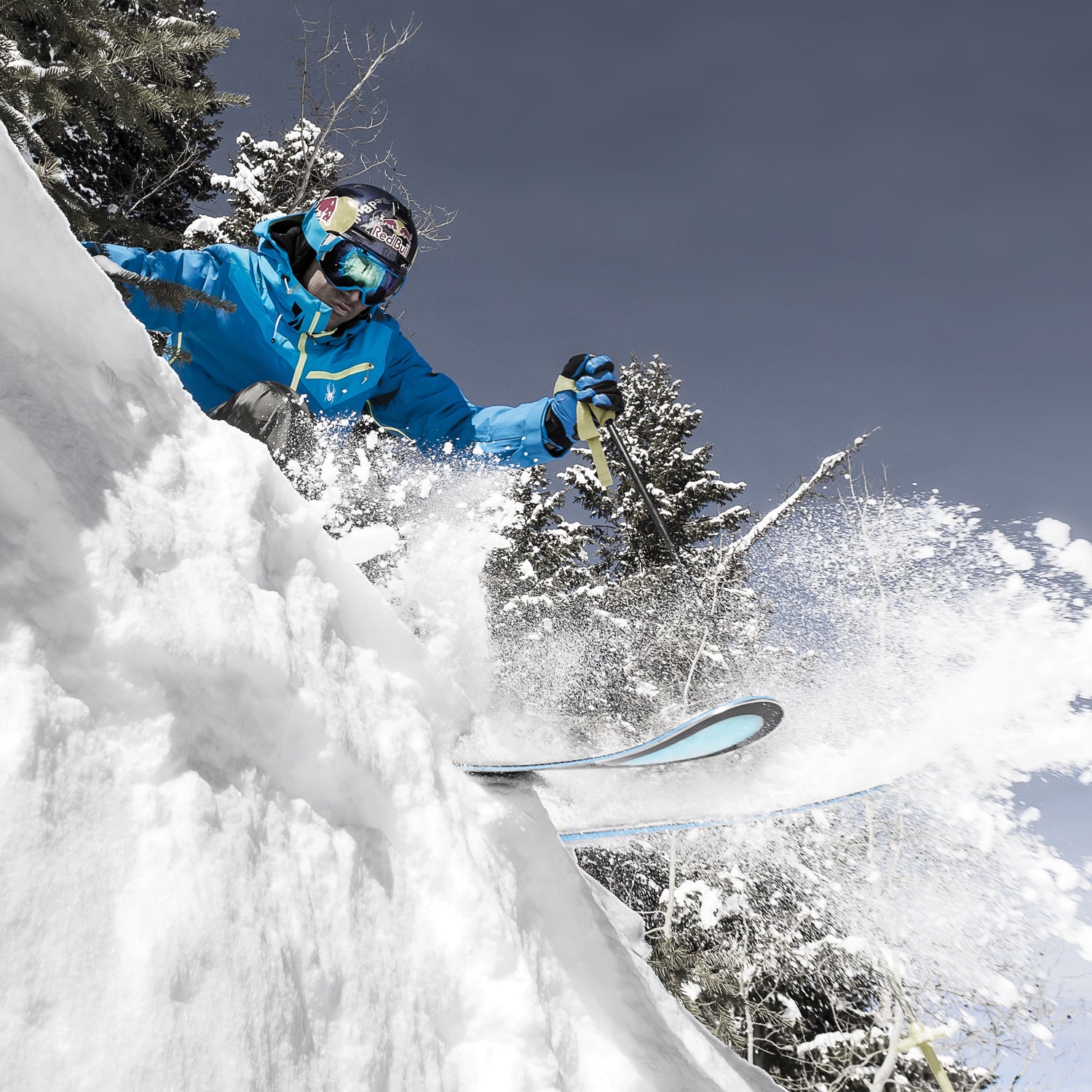Ten years ago, a bunch of seasoned ski designers, builders, and athletes got together to relaunch the once storied brand, Kästle (pronounced “kes-lee”). Dating back to 1924, the Austrian ski maker had been revered for its top-shelf wood core skis, but a series of acquisitions eventually shuttered the company.
The idea for the new Kästle? Build the best skis possible—and charge accordingly. That’s true of the Gear of the Year-winning FX95 both in terms of what’s under the hood (silver fir and ash, titanal, and hard and fast race-ski bases) but it’s also true in the ski’s ultra modern silhouette and footprint—it’s rockered, tapered, and the sidecut is more than just a simple hourglass.
The Takeaway
The Good: Judging by the results from our 2015 Snowbird, Utah, ski tests, this is we’ve ever reviewed. At 95 millimeters underfoot, it’s more than wide enough for most storm days, but a hint of traditional camber and the top-notch Kästle engine under the hood means you can rail hardpack, too.
The Bad: The $1,200 price tag—without bindings. Compare that to $850 for most competitors’ offerings, and yes, it’s expensive. But I’d wager that—barring blowing them up on the rocks—they’d last you an extra two seasons of use. And if you live or ski in the West, they also obviate the need for a quiver.
The Verdict: I wouldn’t buy a pair for my 14-year-old son (who does skis over rocks), but for anyone who takes care of their skis and appreciates extreme versatility, the FX95 is the best quiver killer to date. Kästle calls it “The Sword.”
Specs
- �ʰ�������:��$1,199
- C���ٱǰ���:��All Mountain
- Intended Use: 50 percent off trail, 50 percent on trail
- ‸�������Բ����DzԲ�:��126/95/115
- Length Tested: 181 cm
- Turn Radius for Length Tested: 20 meters
- Weight for Length Tested: 2,140 grams per ski
The Shape

As much as the new Kästle had lived up to the billing in terms of crafting the highest quality skis on the market—they recently moved back into the original Anton Kästle facitily—before this season’s FX95, the company had grown a bit stale in its ski design.
They were early to remove excess weight from the tip and tail of the ski, but they were egregiously late to embrace rocker and taper—arguably the two most important design enhancements of the past 40 years.
The FX95 though, is state of the art. Kästle, with the input of freeskier Chris Davenport, simply leapfrogged much of the trial and error that the rest of the ski industry went through in trying to balance burgeoning waist widths, rocker, camber, and taper, and then manipulating sidecuts to match.
On the hill, that means that the FX95’s taper keeps the ski from feeling hooky off trail; the rocker floats the ski in powder and crud without excessive width; and the modern sidecut with camber underfoot let’s you arc carved turns on hardpack as well as (and oftentimes better) far skinnier frontside skis.
The Build
Compared to the 1980s and ’90s, when half the skis on the shop wall were injected foam core pieces of scheiße, almost all premium skis sold today feature beautifully crafted vertically laminated wood cores and seamless layups. The entire industry is chasing quality above all else.
Still, Kästle stands out—mostly for building their skis with the finest ingredients. Because they’re more durable and maintain a lively feel for longer, hardwoods like ash and fir are simply better choices in ski construction. But they’re expensive. So too the higher molecular graphite base materials, which not only stand up better to rock damage and tuning, but also glide better than cheaper, softer fare. Even the Kästle edges are the best you can source.
The final product is what was once known in the ski industry as “race-room” quality. Meaning that when you buy a Kästle, you’re getting what the elite athletes get in terms of build.


